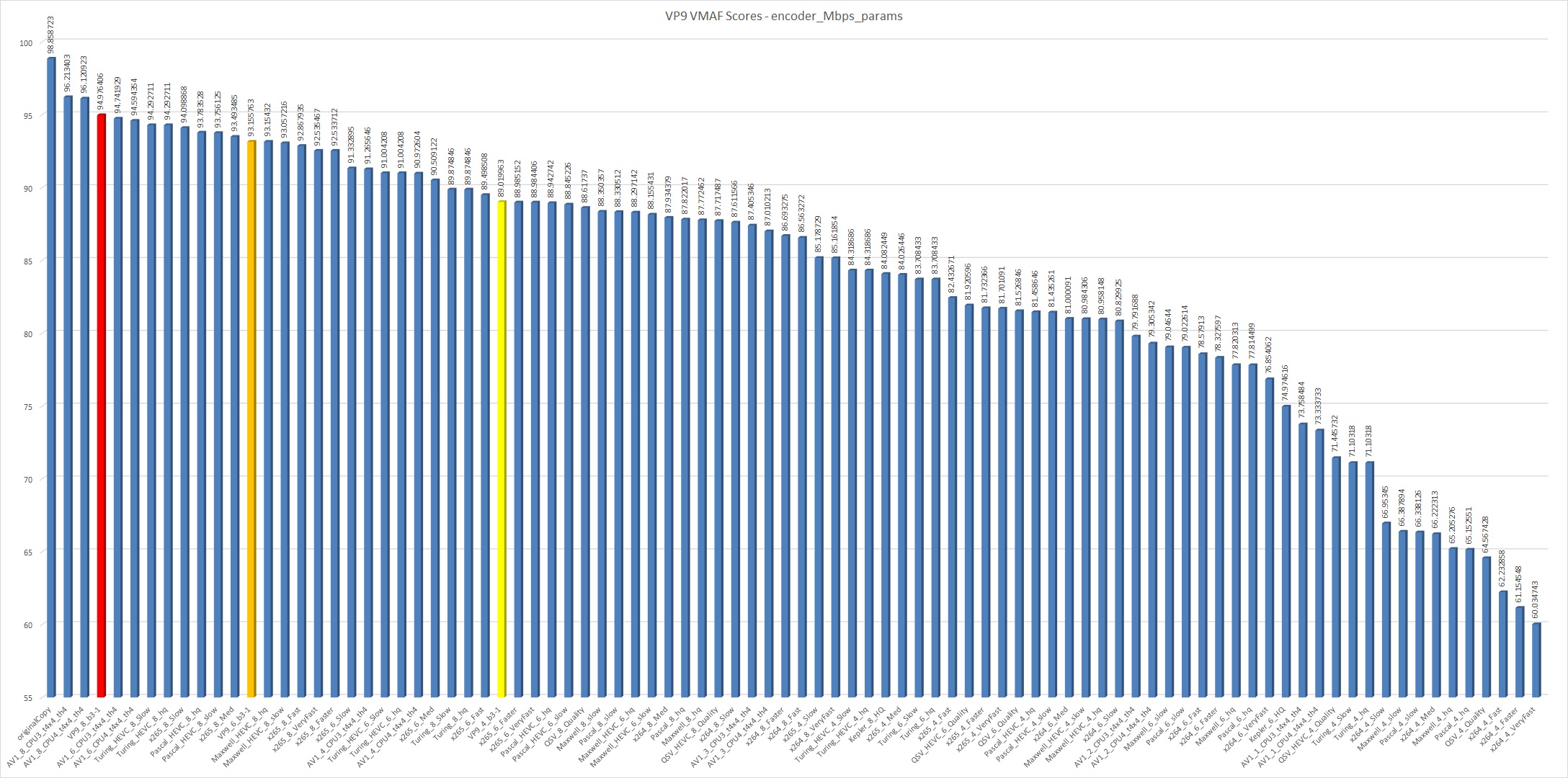
I find -c:v hevc_qsv -global_quality 20 is a good starting point (Default is 25.

Optional: You can create your own plugins to your liking for quality. Run your transcodes and verify GPU is working: The issue comes in with using MP2 on the DXVA2 (native) setting. The right half is using QuickSync which uses 100 CPU, no Video Decode and can be measured in frames per minute while counting by hand.

ffmpegParameters += ` -c:v:0 hevc_vaapi -b:v $k ` + Left half is DXVA2 which uses Video Decode, has low CPU usage and plays smoothly.

QUICKSYNC VS DXVA2 INSTALL
On the other hand, the QuickSync decoder is able to handle it with the VC-1 bitstream decoder in. NVIDIA Encoder (nvenc) Follow the instructions on the NVIDIA ffmpeg transcoding guide to install all the required drivers and libraries. The description lists VAAPI which is only nix supported, so we know it won't work out of the box for windows, but we can use it as a guide. On both AMD and NVIDIA cards, DXVA2 native decode acceleration is supported for all VC-1 streams. there were/are some issues with live-tv behaviour and QuickSync / use.
QUICKSYNC VS DXVA2 WINDOWS
In my case, I want to convert H264 to H265 to save space, so I'm using the plugin FFMPEG VAAPI HEVC Transcode as a starting template. Hardware Acceleration on Windows Emby Documentation DXVA2 native vs copy back.
QUICKSYNC VS DXVA2 WINDOWS 10
Here's how I have it running in baremetal Windows 10 with Intel HW accel (Quick Sync).Ĭheck if your system supports QSV by running. Ffmpeg is all about finding the right flags for your setup. To encode HEVC/H.265 by QSV hw-encoder you need instruct ffmpeg to use hw-accelerator qsv by -hwaccel qsv, apply HEVC hw-encoder by c:v hevcqsv, in addition you need load hevc plugin (see the example command line).


 0 kommentar(er)
0 kommentar(er)
